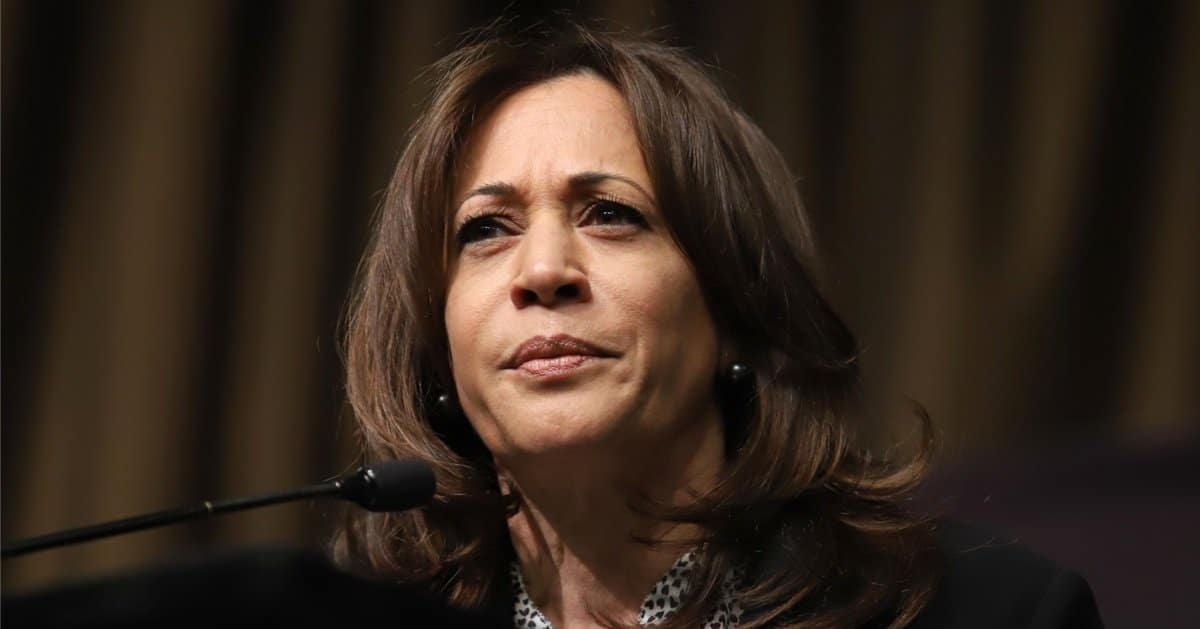




In a closely watched update from 538, the latest national polling data shows Vice President Kamala Harris and former President Donald Trump are neck and neck in the race for the presidency.
ABC News reported that the updated polls reveal Harris holding a narrow lead of 1.5 percentage points over Trump. The current standings come after an adjustment in 538's polling methodology.
Following President Joe Biden's decision to not seek re-election and his subsequent endorsement of Harris, the polling service began filtering their data to only include responses from likely voters.
These adjustments have presented Harris with 45.0% support nationally, compared to Trump’s 43.5%, a scenario set within what's considered the polling averages’ uncertainty interval.
This statistical measure acts much like a margin of error, suggesting the race could be even closer than it appears.
538 has made significant changes to its polling approach in light of recent political developments. "Our average only considers polls that began interviewing voters after President Joe Biden dropped out of the presidential election and endorsed Harris to be the Democratic nominee," a representative explained. This shift is intended to provide a clearer picture of voter intentions post-Biden’s withdrawal.
The influence of these adjustments is notable, as without them, both Harris and Trump would be tied at 44.0%. The slight lead for Harris suggests a potential shift in voter sentiment but also highlights the critical impact of polling methodologies on perceived candidate strength.
Including only likely voter polls has also led to a slight Democratic lean, a reflection of the current political landscape according to some analysts. This methodological shift is a cornerstone of 538’s strategy to offer a more accurate snapshot of the electoral mood.
In addition to national polls, 538 has also recalculated averages for key swing states such as Georgia, Michigan, and Pennsylvania. These figures are critical as they often predict the eventual winner of the presidency due to the Electoral College system. Here too, the races remain within the uncertainty interval, indicating no clear front-runner in these crucial battlegrounds.
The addition of third-party candidate Robert F. Kennedy Jr. into the mix further complicates the dynamics. Currently averaging 5.7% support, Kennedy’s candidacy could be siphoning votes from both major party candidates, thus tightening the margins further.
Further state-level data shows Harris with an average lead of 1.1 points in the states polled since Biden's withdrawal. This represents a shift of 2.7 points toward Trump compared to the 2020 national popular vote, suggesting a volatile electoral landscape.
The continual addition of new polls is a significant aspect of 538's strategy to refine their electoral forecasts. As more state polls are conducted and added, the averages will likely evolve, potentially altering the current narrative of a tight race between Harris and Trump.
"That 1.5-percentage-point lead is within our average's uncertainty interval, which you can think of as a sort of margin of error for our polling averages," explained a spokesperson, highlighting the precarious nature of electoral predictions in such a divided political climate.
538's commitment to refining its polling approach is evident in its exclusion of data from registered voters or all adults not likely to vote.
This focus on likely voters is aimed at honing in on those most expected to influence the outcome in November.
The latest 538 polling averages reveal a highly competitive presidential race between Kamala Harris and Donald Trump, with Harris maintaining a slight lead within the margin of error.
Swing states continue to show uncertain outcomes, and the addition of third-party candidates like Robert F. Kennedy Jr. introduces additional complexity to the electoral predictions.
With more polls expected, the landscape could shift, reflecting the dynamic nature of U.S. presidential races. The impact of these polls, adjusted for likely voter outcomes, underscores the nuanced approach necessary to gauge the true electoral pulse of the nation.



